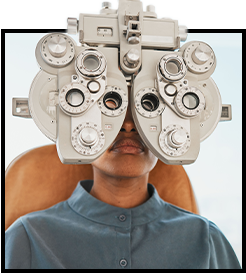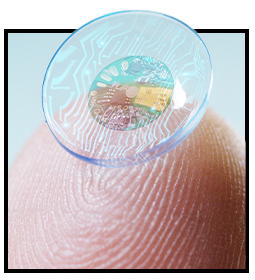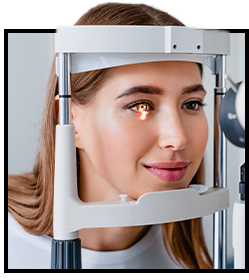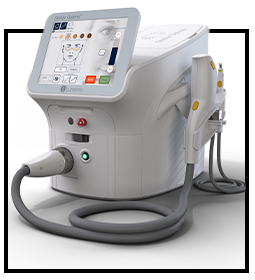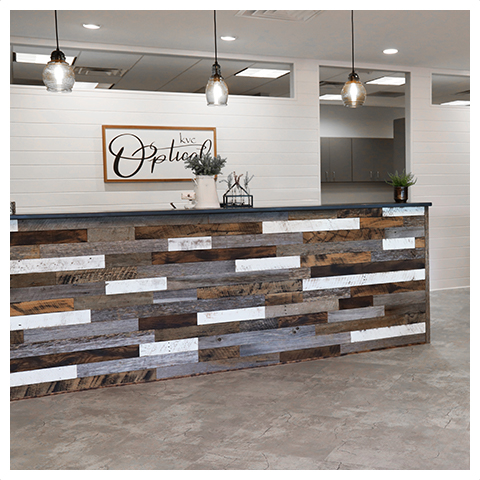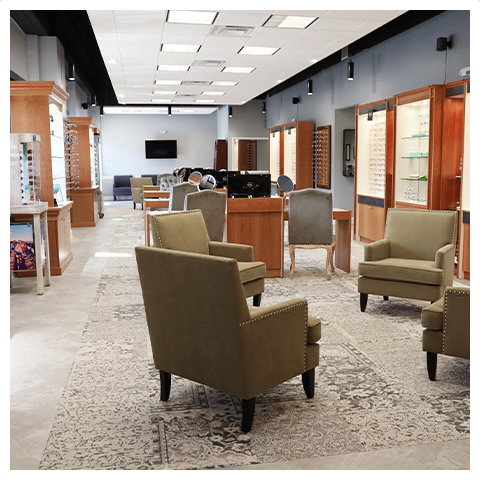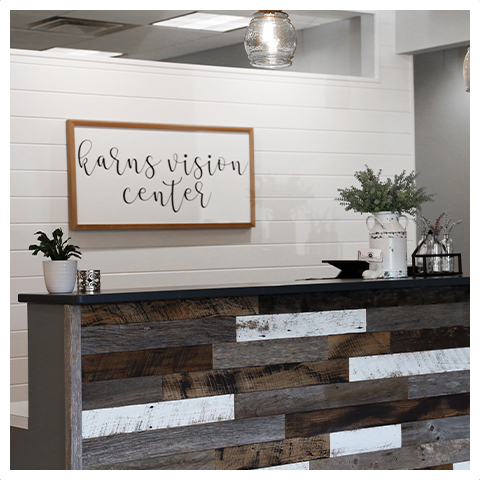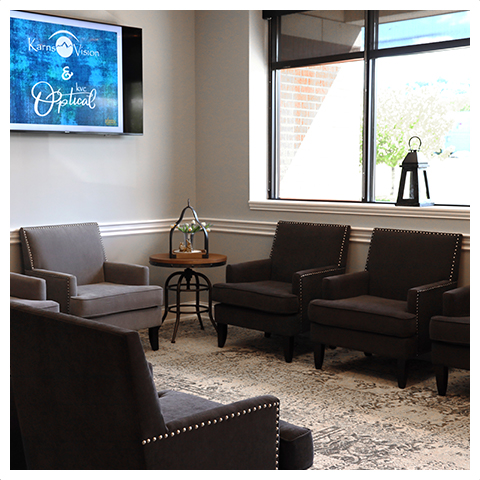Convenient Vision Correction
If you wear glasses or contact lenses, you’ve probably thought about what life might be like if you didn’t have to. Laser eye surgery can help you wake up in the morning and clearly see your alarm clock!
Everyone considering laser eye surgery needs to have a comprehensive eye exam and consultation. We’ll take a detailed look at your eyes and discuss your health history and lifestyle needs.
We’ll also be sure to discuss your expectations for the surgery. Many people achieve 20/20 vision after their procedure, but some need glasses or contact lenses post-surgery. But surgery almost always decreases reliance on corrective lenses.
Start your laser eye surgery journey by booking a consultation with us today.
Request AppointmentWho Can Benefit from Laser Eye Surgery?
To be considered a candidate for laser eye surgery, your eyes must be in good health. Infections, severe dry eye, or recent trauma may mean you’ll need to delay the procedure.
Here are a few other considerations for surgery:
- You must be 18 years of age or older.
- Your refractive error must not be too great.
- Your prescription must be stable.
To find out whether you’re a candidate for laser vision correction, book an appointment today.
What Is Laser Eye Surgery?
Laser eye surgery is a group of procedures—all just a little bit different—that use a laser to correct refractive errors in your vision.
Technological advances have made several types of laser vision correction possible, but the most common types are LASIK, PRK, and SMILE.
LASIK
Laser-assisted in situ keratomileusis (LASIK) involves a surgeon cutting a flap in your cornea. This flap is then folded back, and the remaining layers are reshaped with a precision laser.
Once the reshaping is complete, the surgeon will return the flap to its original position, and the cornea will repair itself. Post-surgery surveys report extremely high levels of satisfaction with LASIK.
PRK
Photorefractive keratectomy (PRK) involves the surgeon removing the top layer of the cornea altogether. Then, they reshape the remaining layers with a laser.
SMILE
Small incision lenticule extraction, or SMILE, is a minimally invasive type of vision correction. It uses a very small incision, which can promote faster recovery and may benefit patients with higher myopia prescriptions or dry eye.
Is Laser Surgery Right for Me?
As with any surgical procedure, some risks are associated with laser eye surgery. We can help you understand the risks and support you in making an informed decision.
Book your appointment for a laser eye surgery consultation today!
Request AppointmentCome Visit Us
Visit Us
You can find us off Oak Ridge Hwy with plenty of parking available outside the clinic.
Our Address
- 7686 Oak Ridge Highway
- Knoxville, TN 37931
Contact Information
- Phone: 865-247-7715
- Fax: 865-247-7716
- Email: contactus@karnsvision.com
Hours of Operation
- Monday: 9:00 AM – 6:00 PM
- Tuesday: 9:00 AM – 6:00 PM
- Wednesday: 8:30 AM – 5:00 PM
- Thursday: 8:30 AM – 5:00 PM
- Friday: 7:30 AM – 4:30 PM
- Saturday: 9:00 AM – 12:00 PM
- Sunday: Closed
Our Brands







